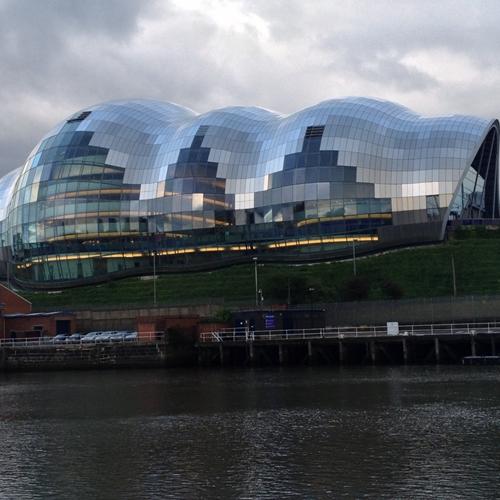Data center design has changed dramatically over the past few years as companies seek new and innovative ways to house servers and power their mission-critical infrastructure. The idea that telecommunication and data center real estate is bland and boring is long gone. Data Center Knowledge and our own research shows some of the more unique spaces in the data center world include converted malls, clean rooms, underground bunkers, abandoned missile silos, converted mines and chicken coop-inspired architecture.
"The detailed process of data center design appears on the outset to be a purely mechanical process involving the layout of the area, computations to determine equipment capacities, and innumerable other engineering details," wrote Rob Snevely, an expert on data center design and construction, according to Data Center Knowledge. "They are, of course, essential to the design and creation of a data center, however, the mechanics alone do not a data center make."
How to identify a data center
The internal layout of a data center can be fairly recognizable across the industry, with a raised floor being the obvious feature, but outward appearances vary dramatically. These days I like to make identifying data centers a kind of game I play while driving through a given city. Data Center Journal cites the following external design elements as the minimum standard followed by a few of our own:
- Strict security protocols: Servers and the information stored on them are critical to businesses, so strict security featuring everything from guard houses and barbed wires fences to video cameras and heavy external doors are a minimum standard. The security infrastructure in place varies depending on location and is often hidden from view, but all data centers will have some system in place to keep intruders out. Perhaps the easiest give away are those small camera globes positioned at the top and corners of buildings.
- Large-Scale Generators: Individuals and businesses must be able to access data, applications and software at any time, meaning that servers have to be online no matter what. This can be especially challenging during bouts of inclement weather, for example, or in other instances where the building's main power supply is interrupted for any reason. As such, backup electricity creation is a common data center design feature included to ensure business continuity. The key distinction here is scale – hospitals and other government buildings often have generators, but a data center is a whole level above those facilities, so size matters.
- Large Storage Tanks: In order to run these backup generators, companies need fuel, which is why it is common to see large fuel tanks on data center real estate. Many facilities also utilize water to cool servers and other critical pieces of equipment, making water cisterns another common data center design element.
"If you're lucky enough to actually walk around inside a data center, you'll easily identify the purpose of the building," Data Center Journal contributor Jeff Clark wrote. "For the rest of us looking from the outside, the task is more difficult – but it's possible if you recognize the purpose and basic operation of a data center."




